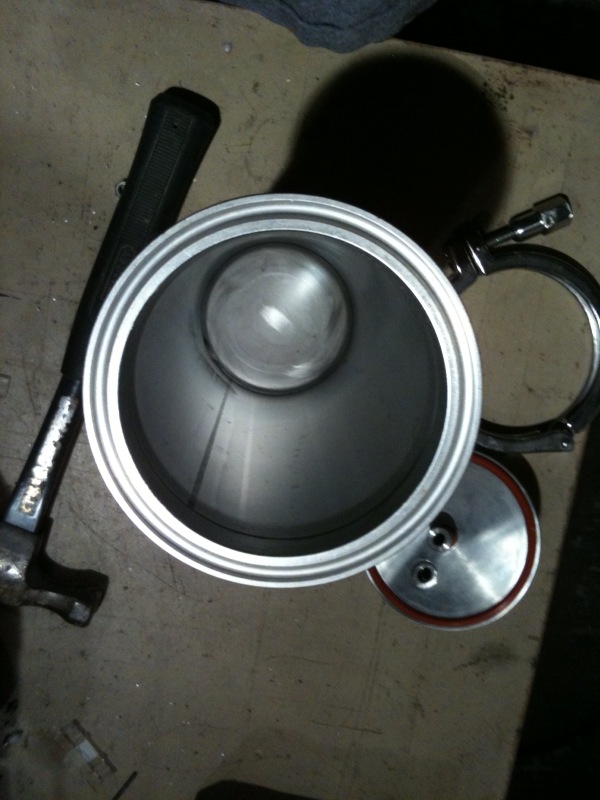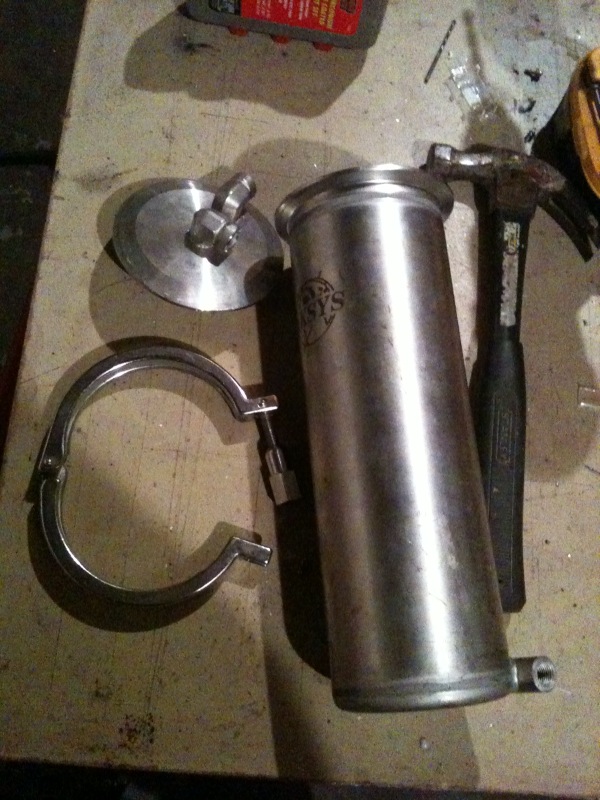Is it a RIMS vessel, boiler, tube? anyway. So I have a few of these gems, there are SS filter housings I bought from a medical surplus store. I thought it would make a great RIMS, hopback etc. It measures 4" dia x 12" long. I figured I'd mount the element in the removable end and weld 1/2" FNPT fittings along one side (in typical RIMS fashion). There is a threaded port on the "closed" end that I think will work for the temp sensor. On major question I have is about the volume of this thing. It's much larger in diameter than the ones other HBT'ers have been making with pipe. So is this vessel better or less suited for a RIMS and do I choose a heating element based on my wants for the system or do I need to compensate for the larger volume?







